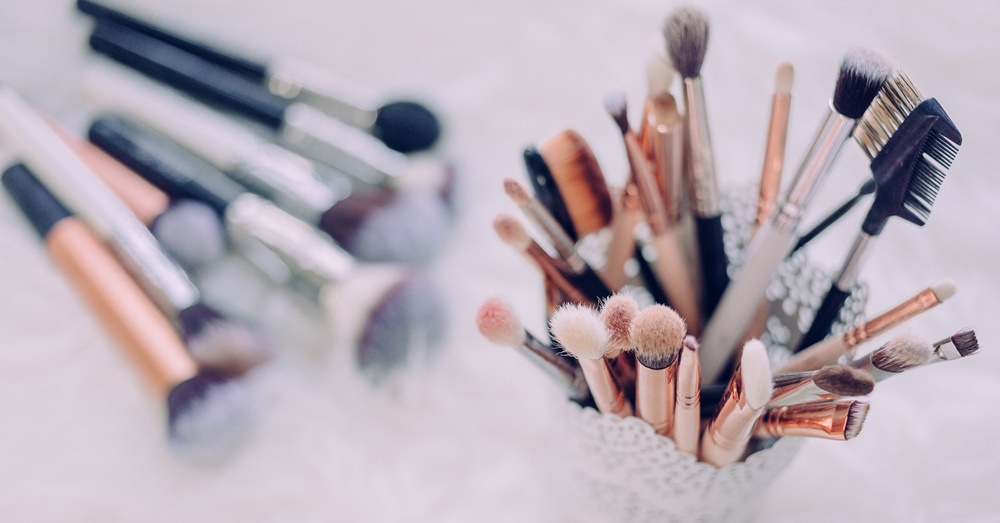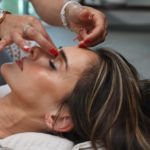How Beauty Products Get Their Efficacy Statistics
When marketing campaigns for beauty items make subjective claims – for instance, L’Oréal’s “I’m worth it” tagline – it’s improbable for consumers to think that such statements are backed by science. But glance through the bottom right corner of a product page in a beauty magazine and it is apparent that benchmarks are overtaking eyeshadows in how specific products are marketed.
Until the 1950s most benchmarking and efficacy testing was subjective in nature, but today instrumental measures are available. Scientific evaluation is often carried out in an attempt to integrate data in efficiency claims usually associated with the ingredients inside beauty products and the effect they have on a person’s appearance. By touting this scientific evaluation in advertising campaigns, companies are able to provide appropriate support to the claims they make, such as offering “clinically proven” products.
How do beauty companies substantiate claims in this day and age? Once beauty companies make objective representations of their products, they commonly abide by the industry-standard substantiation principles through the following measures:
1. Getting Validated Through Benchmarking
Cosmetic and beauty product retailers and wholesalers can go through beauty product testers to get benchmarks and validation for their advertising and marketing campaigns, as well as audience research data to optimize product development processes. From the creation of high-quality self-assessment claims to capturing segmented consumer data points, beauty and product testing companies craft a winning strategy for their clients’ offering that turns customers from merely an online window shopper into a long-term buyer.
2. Offering Social Proof via Customer Testimonials
Testimonials play an often underappreciated role: they lend credibility to efficacy claims. Because buying a new product can feel similar to entering an uncharted territory, people want reassurance that they aren’t making a bad choice. More powerful than the fear of missing out is the fear of making a big mistake. Beauty companies can display testimonials from their existing customers and industry experts to make their case convincing and helpful; any testimonial is best in the form of data points or practical claims. This will showcase evidence that thousands have already taken the action that the brand wants its prospects to take – buying the product, adding more products to shopping cart, etc.
3. Getting Claims Substantiation Files
Getting claims substantiation files is a demanding and time-consuming process, although it is less costly and quicker than going for a full-fledged clinical trial. The files are beneficial as they enable beauty companies to strengthen the evidence pertaining to items’ claims, and support authority compliance guidelines. The files include analysis of the globe’s literature on the product’s ingredients to extract the most relevant details, as well as a summary of scientific statements, which can be substantiated by existing literature. The evidence in favor of these statements is then quantified and graded for generating results.
4. Agreeing to Concept Use Tests
Concept use tests refer to item tests combined with communications that help in checking whether the effect of the item, the communication and the portrayed concept as perceived by the user match up; the result of these tests complement what is inside the efficacy dossier. Concept use tests include sensorial tests conducted under professional supervision. Physicians evaluate clinical parameters to draw conclusions on the items’ effects. Also, a placebo is provided to volunteers to assess products’ real effectiveness.
Though efficacy statistics should be generated before a product is launched, in most instances in the beauty industry, products are already on the shelves, and therefore substantiation has to be done after the claims are made. In many cases, the evidence of substantiating files match existing claims, but in the case where it doesn’t, there is still a chance to modify them for compliance.



























